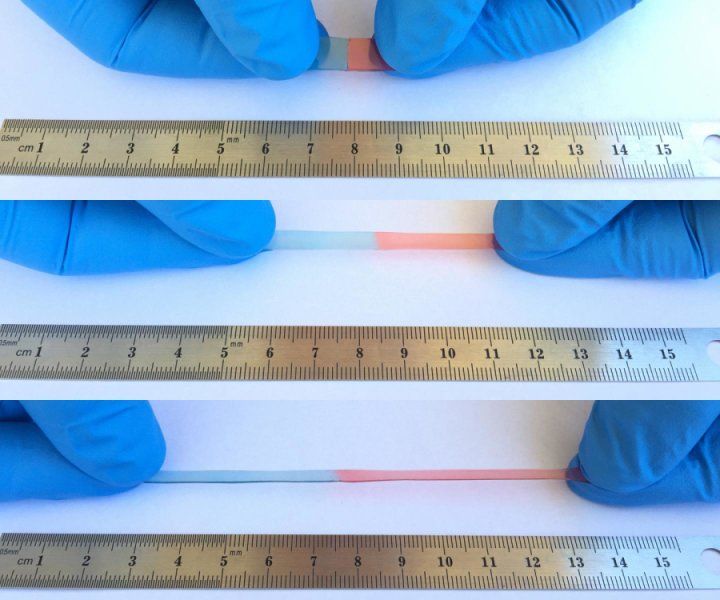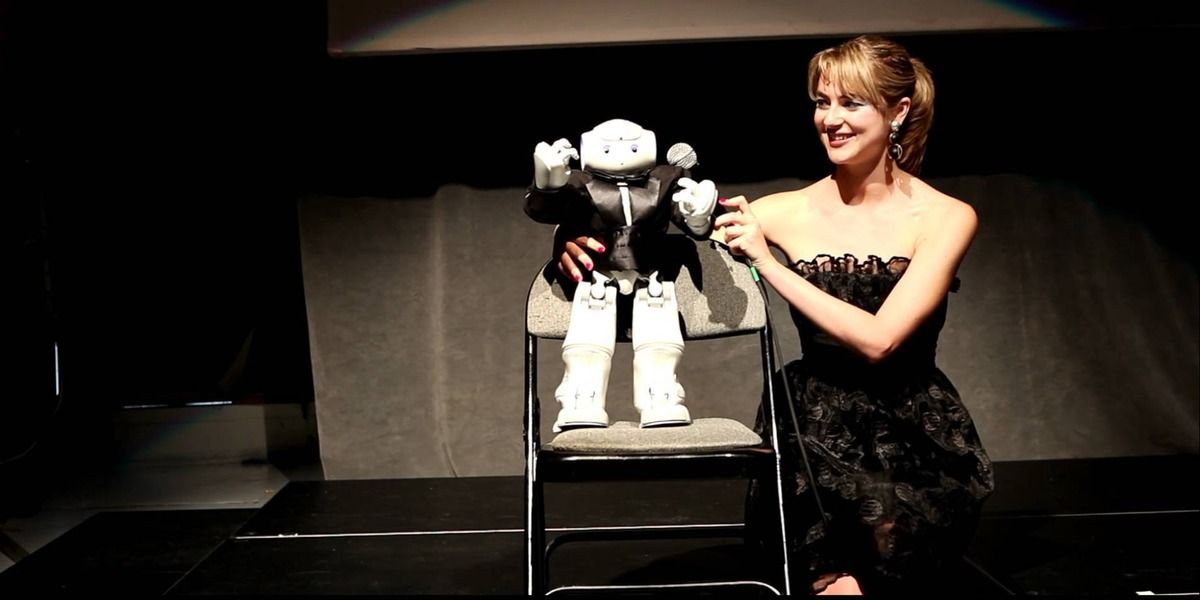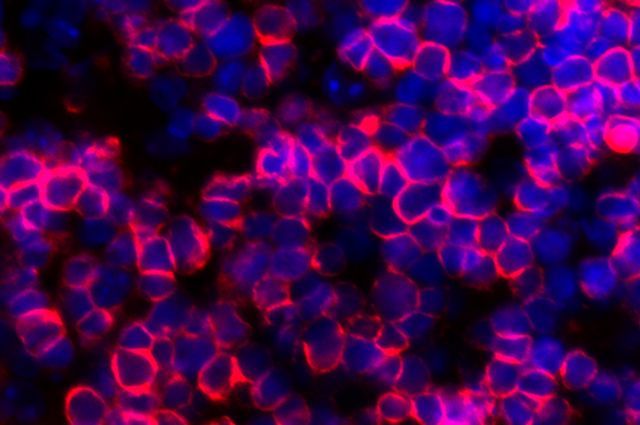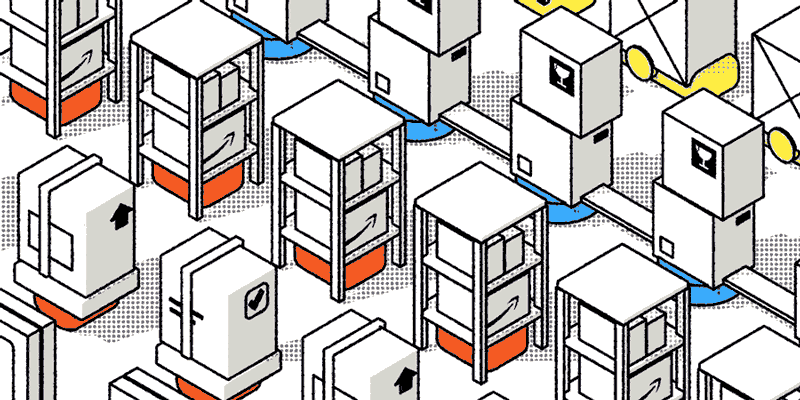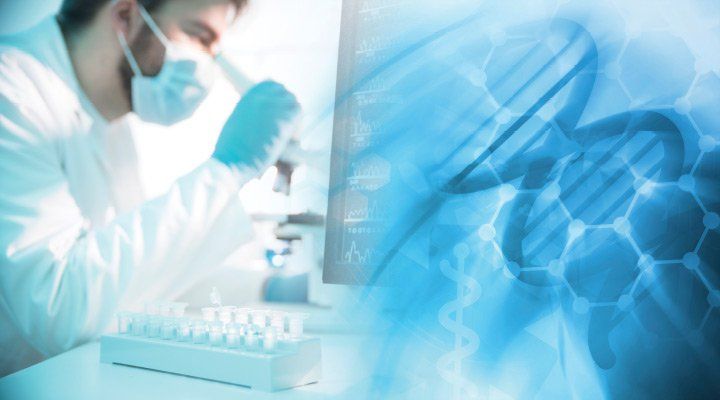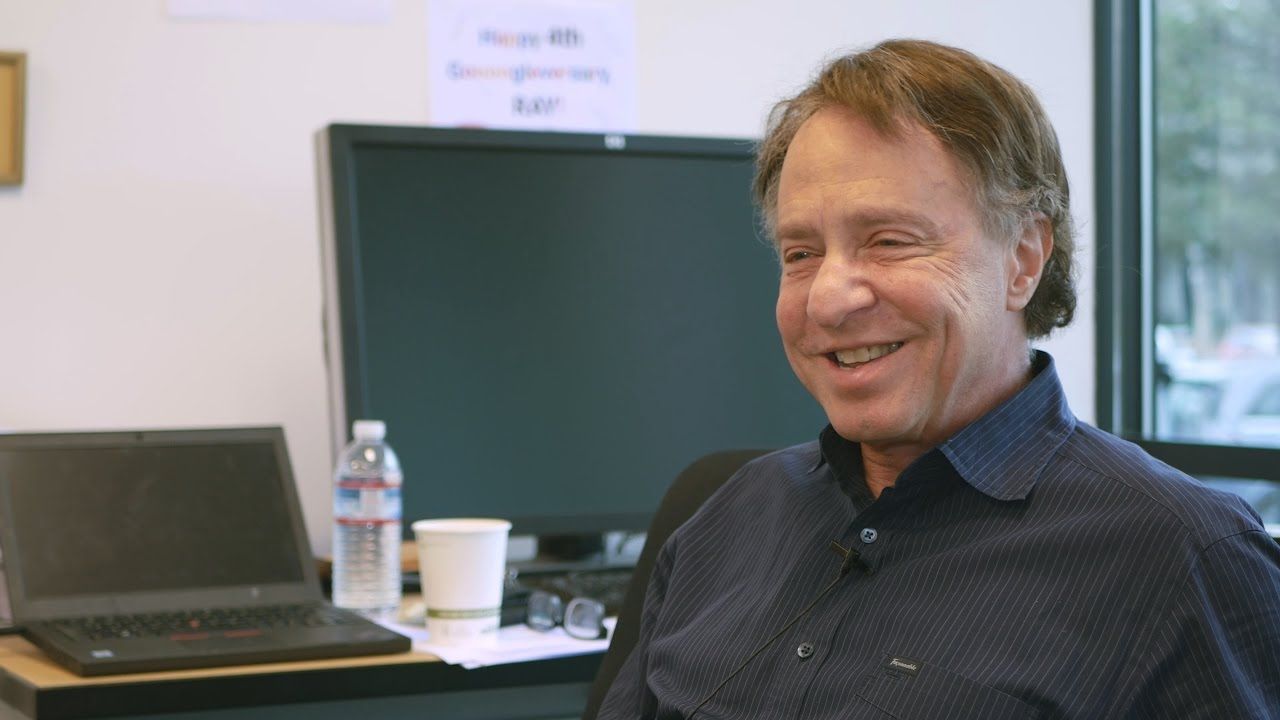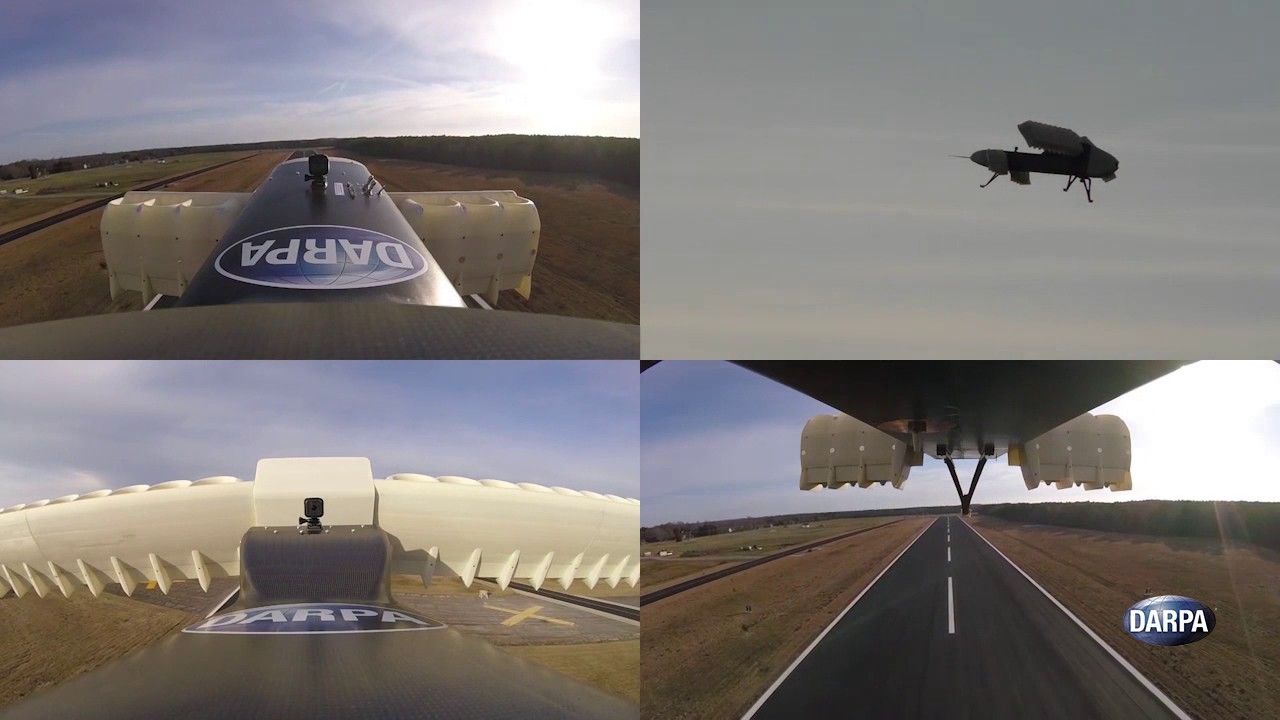The solitary mountain on the dwarf planet Ceres may be slowly disappearing, following in the footsteps of earlier peaks.
New research suggests that the outer layer of the icy world may be slowly shifting over time, allowing the peak to gradually stretch out and sink into the crust. Similar mountains may have peppered the planet in the past and flattened out over time.
“It’s sort of like if you spill some syrup or honey on a plate and you watch it spread out over time, not instantaneously like water does but a little more slowly, it eventually gets to a flatter, broader shape; it’s the same process,” Michael Sori, a planetary scientist at the University of Arizona, told Space.com. [NASA Probe Snaps Stunning New Pics of Dwarf Planet Ceres].

